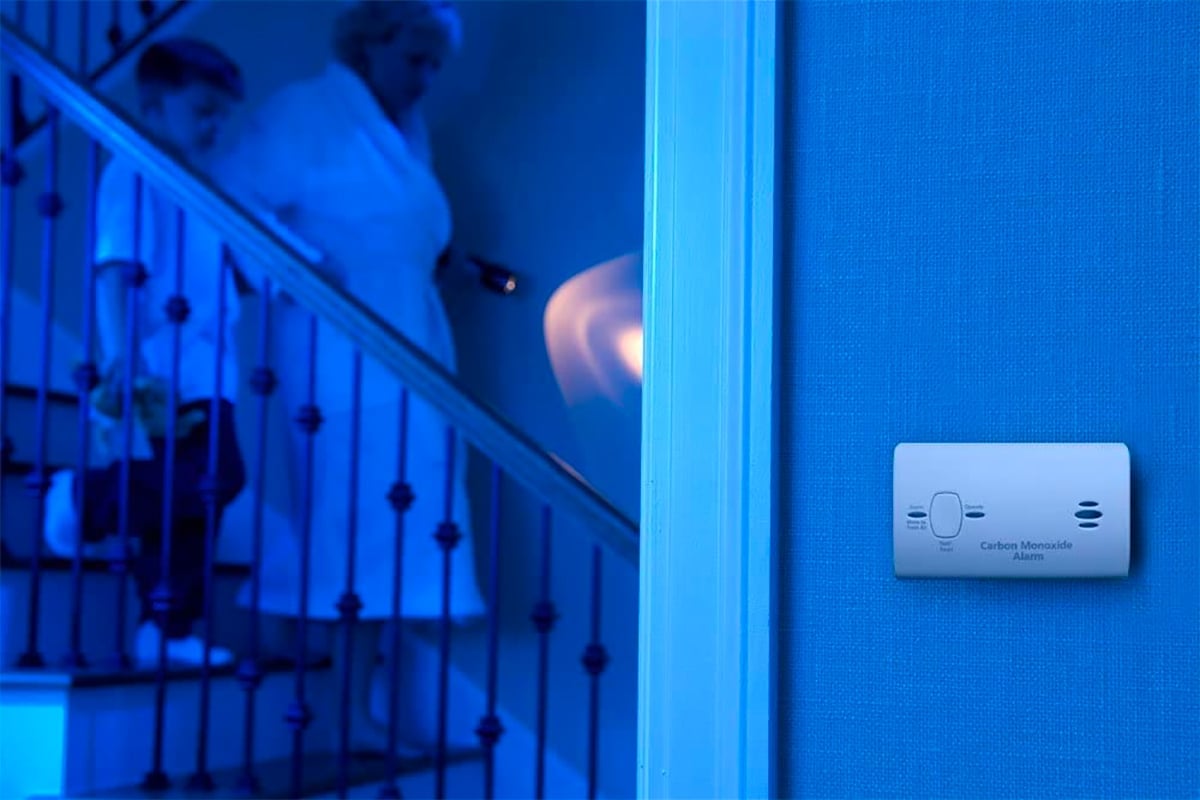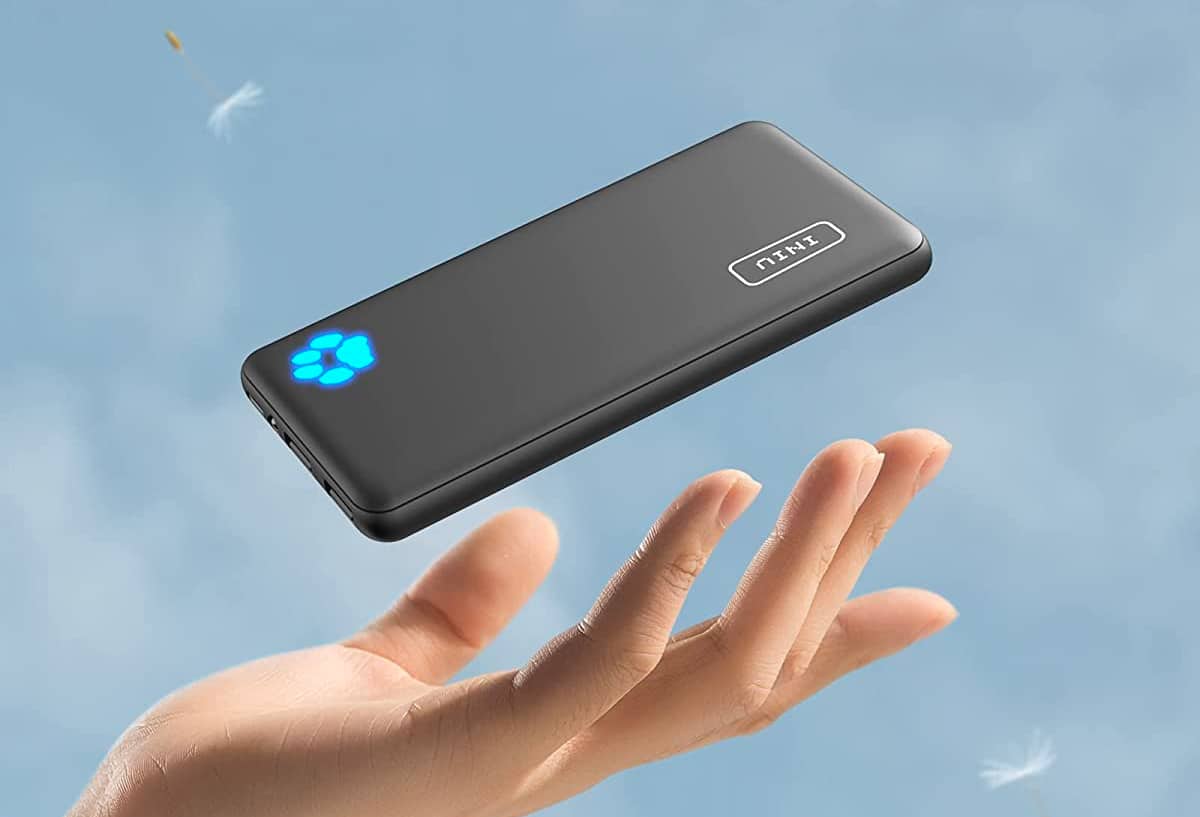 This post contains references to products from one or more of our advertisers. We may receive compensation when you click on links to those products. For an explanation of our Advertising Disclosure, visit this page.
This post contains references to products from one or more of our advertisers. We may receive compensation when you click on links to those products. For an explanation of our Advertising Disclosure, visit this page.
Earlier this month, three American tourists were found dead at a Sandals resort on the island of Exuma in the Bahamas. While the cause of death was not immediately clear, some medical experts expressed their belief that the cause was carbon monoxide poisoning. Today, autopsy results were released, indicating that carbon monoxide poisoning was indeed the cause.
Vincent Chiarella, 64, of Florida and Michael Phillips, 68, and Robbie Phillips, 65, both of Tennessee were found unresponsive in a villa on May 6.
According to KTLA, “Investigators are still working to determine how the victims got carbon monoxide poisoning. Hotel guests allegedly reported smelling a strong odor, and investigators looked into a possible air conditioning or water heater leak. Still, at this point, they have no comment and are only confirming the cause of death.”
The investigation is ongoing and KTLA reports that the family members of the deceased have called for independent autopsies and are awaiting private toxicology reports.
Carbon monoxide (CO) is a colorless, practically odorless, and tasteless gas or liquid. It results from incomplete oxidation of carbon in combustion. Burns with a violet flame. Slightly soluble in water; soluble in alcohol and benzene. For more information about what carbon monoxide is, sources of carbon monoxide and health effects associated with carbon monoxide, read more from the Environmental Protection Agency (EPA).
This entire story is tragic and devastating. Anyone who has ever stayed in a hotel room knows that there are many things to think or worry about but for most of us, carbon monoxide poisoning isn’t one of those things that comes to the top of our minds.
There are explicit guidelines when it comes to carbon monoxide detectors in our homes (here’s more information about installing and maintaining them from the Environmental Protection Agency) but this sad story is a reminder that we should be cognizant about carbon monoxide when we travel, too.
A portable carbon monoxide detector, like this one for travel, is lightweight, inexpensive and most importantly, can save your life and the lives of those you love. Weighing just half a pound and measuring 3 x 7 x 11 inches, it’s compact and easy to pack. It has alert modes and LED lights that pulse for power, carbon monoxide detection and low battery. It operates on 2 AA batteries so it will work during a power failure and comes with a 10-year limited warranty.
This is such a simple way to protect yourself and your loved ones. Stay safe.








Hi Johnny,
I was thinking 11 inches x 7 inches is tremendous for any travel item LOL, not easy to pack, then I saw that the size is actually 4.5 x 2.75 x 1.5 for the CO2 detector, the other dimensions are often the amazon shipping or manufacturer packing box.
Thanks for clearing that up!